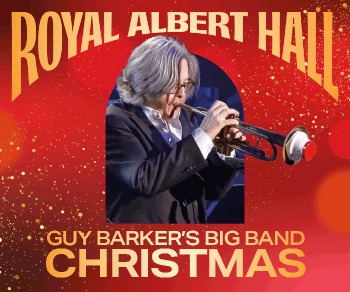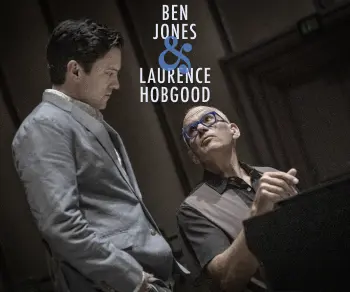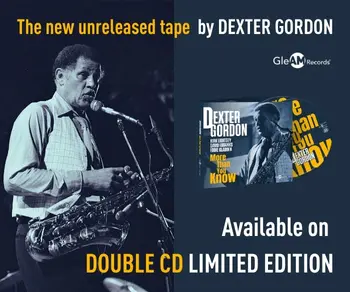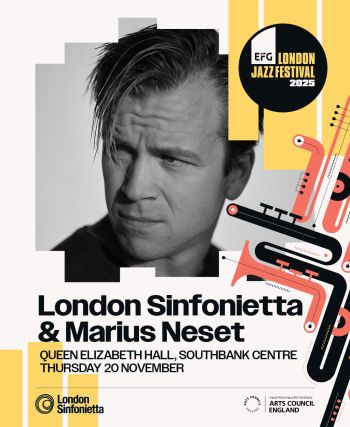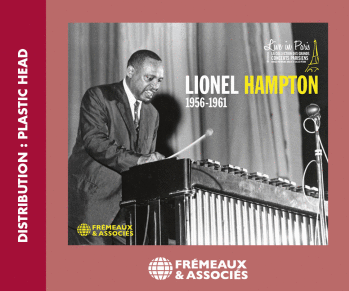Culturally, there was a lot going on in America after World War II. In classical music, Arnold Schoenberg and Igor Stravinsky had moved to the USA and were wielding considerable influence. Charles Ives finally achieved recognition after his second symphony was premiered by Leonard Bernstein.
In cinema, the social unrest in post-war USA created the bleak atmosphere for film noir, while American art made a worldwide impact with abstract expressionism. A popularised version of psychoanalysis was starting to titillate the American imagination in films like Alfred Hitchcock’s Spellbound.
Perhaps all these factors had an effect, if only at a subliminal level, on a group of jazz arrangers who came to prominence in the 1940s. They were all listening to late-19th and 20th century classical composers, and their music had a darker quality than that of the 1930s swing bands.
A Bird In Igor’s Yard: Here, Charlie Parker’s ideas met what Max Harrison referred to as “startling offcuts from Stravinsky’s Rite Of Spring”.
Among their number were Eddie Sauter, Ralph Burns, Gil Evans, George Russell, George Handy, Pete Rugolo and Robert Graettinger. They were all contributing to what Gunther Schuller later called Third Stream music, but perhaps, as composer Terry Vosbein has suggested, the term Progressive Jazz is more appropriate for this era, encompassing all their music and not just that of Stan Kenton, although he invented the term.
Eddie Sauter borrowed from Borodin in his composition for Benny Goodman’s Benny Rides Again, and in 1945 he studied with composer Stefan Wolpe. The Wolpe influence can be heard in work he did for the Ray McKinley orchestra, for instance in his composition Tumblebug, with its strange harmonics and angular melodies. And in his suite Summer Sequence, recorded by Woody Herman, Ralph Burns trod a fine line between straight jazz and various classical elements, according to Gunther Schuller, who noted touches of Milhaud, Hindemith and Berg in the music. Another composition worthy of note from this period is A Bird In Igor’s Yard, written by George Russell and recorded by Buddy DeFranco’s orchestra in 1949. Here, Charlie Parker’s ideas met what Max Harrison referred to as “startling offcuts from Stravinsky’s Rite Of Spring”.
During the post-war period the Claude Thornhill orchestra produced its greatest recordings, in no small part due to the arrangements of Gil Evans, and to the use of textures created by French horns, tuba and clarinets. Again, classical pieces, such as Arab Dance, from Tchaikovsky’s Swan Lake and The Troubadour, from Mussorgsky’s Pictures At An Exhibition, were used, demonstrating Evans’s genius for recomposition, and his arrangement of La Paloma laid the foundations for Blues For Pablo on his 1957 collaboration with Miles Davis, Miles Ahead. Fellow composer Johnny Carisi commented on how, in the late 1940s, Evans listened to a lot of Stravinsky, Ravel and Bartok, and in so doing influenced many young contemporaries who visited his apartment.
George Handy was one of the most colourful characters in this group of arrangers, described by one writer as an enigmatic iconoclast whose life was filled with high drama. Having studied at the Juilliard School and with Aaron Copland, he made a big impact in the mid-1940s with the Boyd Raeburn orchestra, and his scores were scrutinised with great interest by other arrangers like Pete Rugolo. As with his peers, Handy listened closely to Stravinsky and Bartok, and he created a recognisable style with a distinctive use of chords and a sound that sometimes hovered on the edge of atonality.
His best work with Raeburn included the pieces Tonsillectomy, Dalvadore Sally and Cartaphilius, and experimental vocal arrangements such as Body And Soul, which, to her credit, vocalist Ginnie Powell negotiated with aplomb. Handy’s most ambitious piece was The Bloos, which appeared under his own name on the Norman Granz album The Jazz Scene. Here, he augmented a big band with strings and woodwinds, and the music alluded at times to Gershwin and Milhaud.
The way a Graettinger arrangement can twist a standard like Everything Happens To Me is reminiscent of Zappa introducing a distorted version of Isn’t It Romantic into his song Punky’s Whips
In 1947, Stan Kenton’s vision was to create a new form of American concert music that he called Progressive Jazz, and his conception was fulfilled largely by Pete Rugolo, his chief arranger. As with other arrangers of this era, Rugolo was influenced by Stravinsky, Bartok and Debussy, and he introduced sonic variety into the orchestra, mixing saxophones and brass in unusual ways. A key factor in this music is how eerie and unnerving it frequently sounds, on titles like Elegy For Alto, Abstraction and Chorale For Brass, Piano And Bongo, featuring George Weidler’s pleading alto and Jack Costanzo’s ominously echoing bongos. As David Butler states in his excellent book Jazz Noir, this music was the key influence on film music of the 1950s in a host of films, spearheaded by The Man With The Golden Arm. Kenton’s music was pushed to even greater extremes by the work of Robert Graettinger in compositions like Thermopylae and the first version of City Of Glass, later reworked for Kenton’s Innovations orchestra.
Despite being the biggest box-office attraction in the USA in the late 1940s, Kenton’s orchestra and its music were reviled by many critics and jazz fans. And yet, as time has gone by, perhaps partly due to the influence of Gunther Schuller and ex-students of the New England Conservatory, the work of innovative 1940s arrangers has been assimilated into the mainstream of jazz, and it’s now common for jazz musicians to present extended, classically indebted compositions. Just choosing randomly from contemporary works, EST Symphony, Weather Walker by Tim Garland and Modern Jacobite by Tommy Smith spring to mind. Coming from the other direction, eminent classical composer Louis Andriessen idolises Bob Graettinger’s work and wrote a tribute called Monument For Graettinger.
Considering Graettinger makes me think, via a sideways leap, about Frank Zappa. It strikes me that he might have liked City Of Glass, with its possible Charles Ives influences, and, by a coincidence, both Graettinger and Zappa lived for a time in Ontario, California and studied composition at Chaffey College (at different times). The way a Graettinger arrangement can twist a standard like Everything Happens To Me is reminiscent of Zappa introducing a distorted version of Isn’t It Romantic into his song Punky’s Whips. As Zappa might have said, you can see conceptual continuity everywhere if you look hard enough.
Geoff Wills is the author of Zappa and Jazz: Did it really smell funny, Frank? (Matador, 2015)



